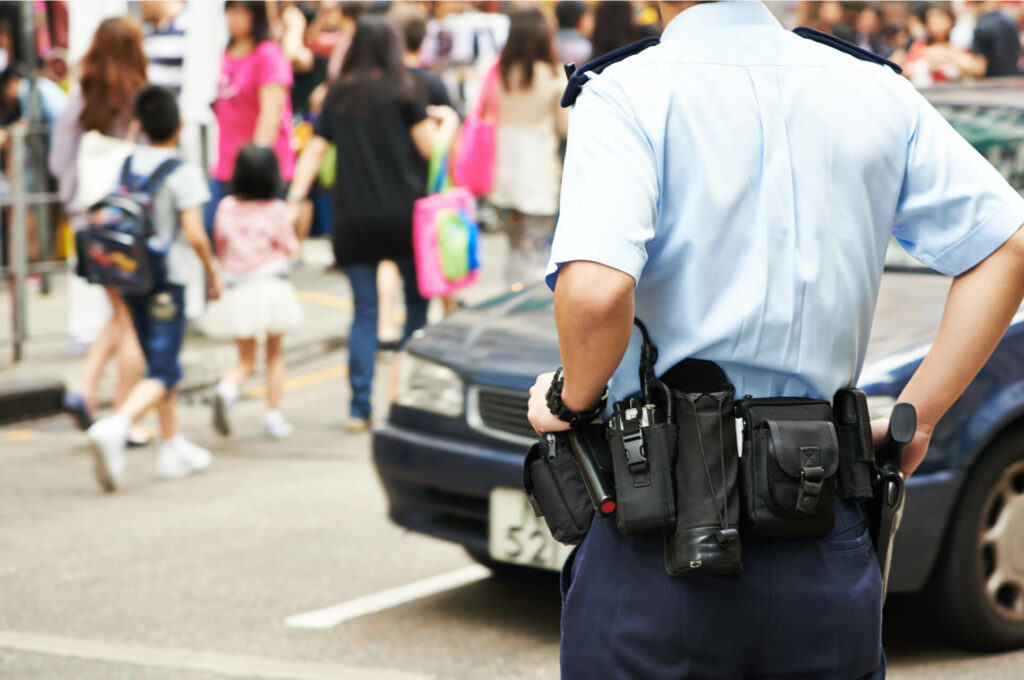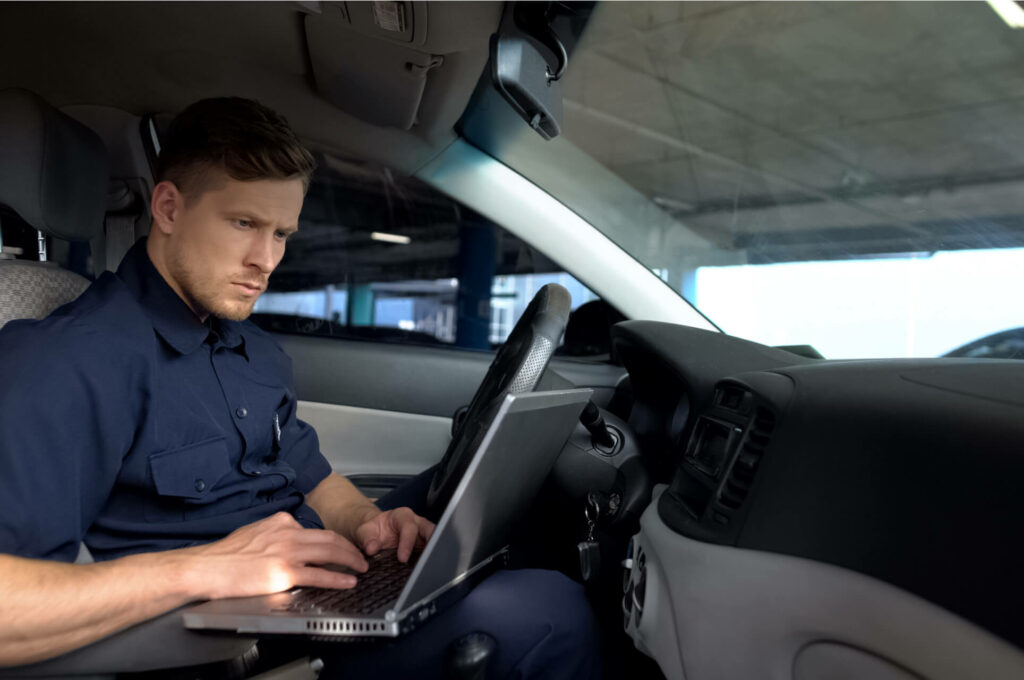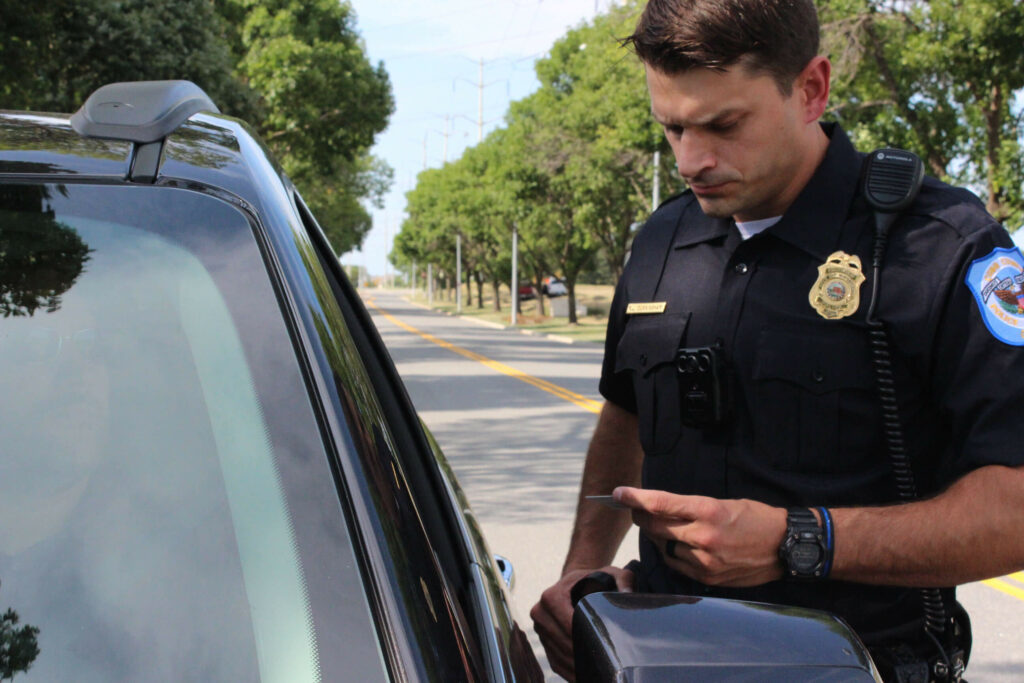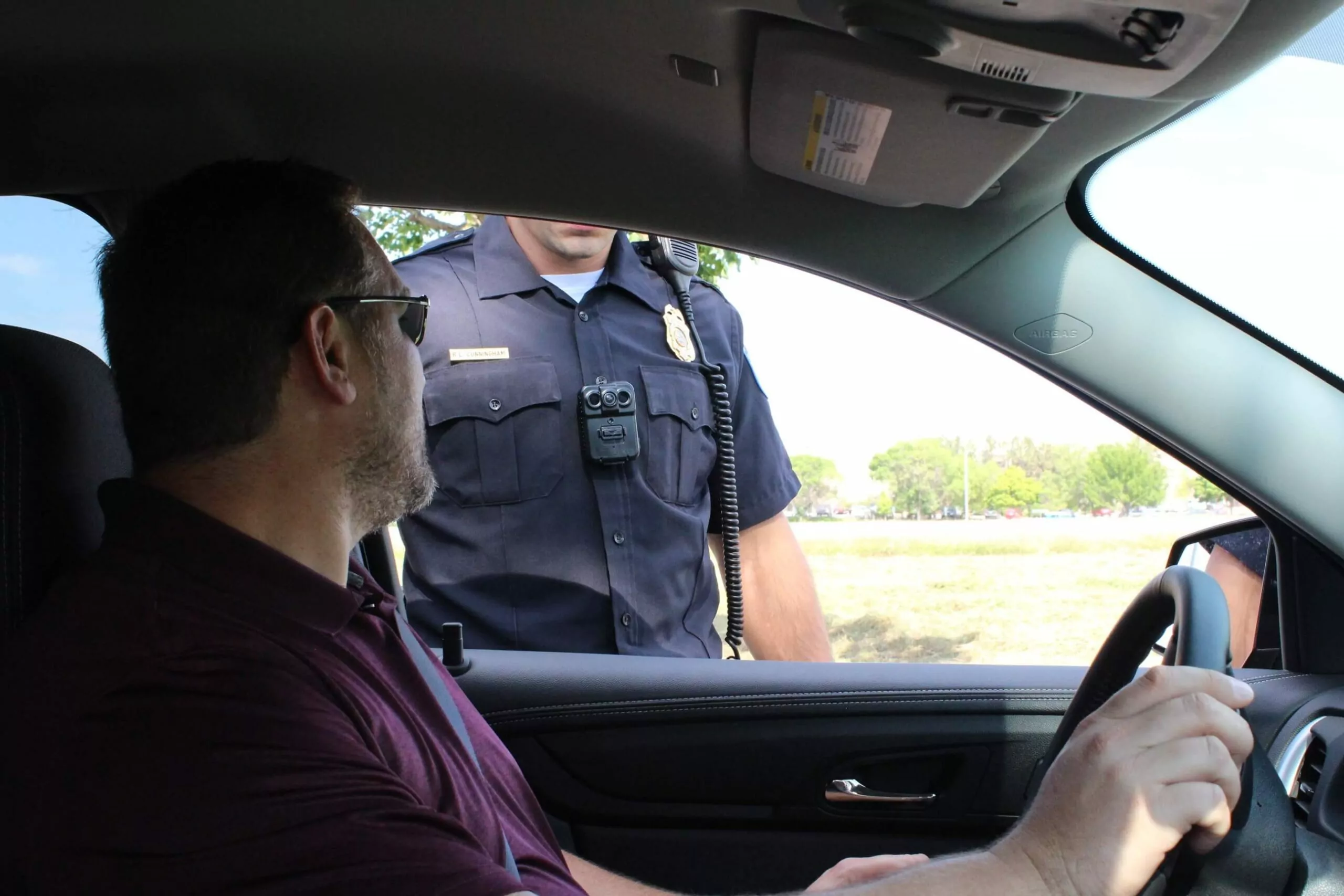Since body worn cameras (BWCs) were first introduced to police departments in the US, they have been the subject of a huge amount of speculation and debate. And while much has been said and written about how police body worn cameras (BWCs) affect police transparency and public relations, much less has been said about how BWCs can protect the officers who wear them.
Whether or not it’s the primary purpose for outfitting officers, the use of BWCs serves to improve officer safety in any number of ways. In some cases, this protection comes in the form of exonerating police who have been falsely accused of misconduct. But in other cases, this comes in the form of protection from physical harm.
IMPROVED MOUNTING
One of the issues with the first generation of BWCs was that they often came loose from the officers’ uniforms. The issue with this was that during altercations or pursuits, these early BWCs either failed to capture the incident, or could be lost entirely, along with any recorded footage. Not only this, but they were often bulky or came with dangling wires.

Any officer knows how dangerous it can be to have anything hanging or protruding from their uniform, as these things can be grabbed and pulled, or can snag on obstructions. Thankfully, modern body cameras such as the Eyewitness Vantage tend to be smaller with cleaner lines and no external wires. Many cameras also mount inside an officer’s shirt or jacket, making it even less likely to be knocked loose. These improvements all help to improve the safety of the officer wearing the camera.
VIDEO PLAYBACK
Some BWCs can integrate with the officer’s in-car video. This means that the officer is able to play back the video they have recorded without having to return to the station. This has been used to give officers a tactical view of the situation at hand.

An example of this has been the St. Louis County PD who have mounted BWCs on tactical robots in order to review the video. As Tom Naughton, a sergeant with St. Louis County Police Department in Missouri said, “It gives a tactical advantage to the officers. They can see what they’re going to walk into, what type of obstacles might be in the way, and what the layout of the house or structure looks like. It gives them real-time information and a little bit more of an advantage before they just reach the door and go in.”
DE-ESCALATING CONFLICT
Sometimes the very presence of a BWC can help to calm a situation and de-escalate potential conflicts before they even start. Most departments who use BWCs have policies that require their officers to announce when people they’re interacting with are being recorded. And this turns out to be a very effective measure. People act very differently when they’re on camera. When it comes to confrontation, they tend to be more aware that evidence is being gathered against them, which could incriminate them more strongly than the officer’s word. One study performed by the Orlando Police Department showed a significant decrease in violent incidents against officers who were visibly wearing BWCs.
IMPROVING OFFICER SAFETY AROUND THE WORLD

While the conversation regarding BWCs here in America has largely been focused on transparency, the use of BWCs has become more and more common around the world.
And in countries as diverse as Estonia, Singapore, Uruguay and Australia, one of the biggest reasons for doing so has been to improve officer safety. It’s clear that the use of BWCs is going to become more widespread and commonplace over time, and that it will benefit officers just as much as civilians.

